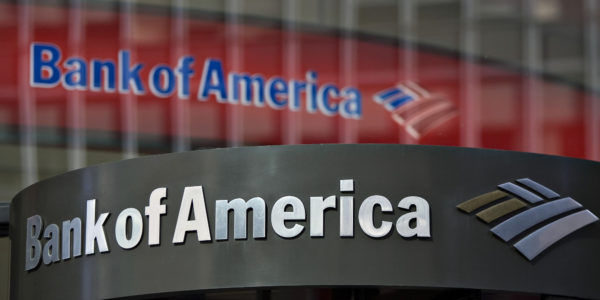On Monday, Bank of America revealed that it may have hidden as much as $4 billion in losses from regulators over the past five years. The bank said it was an honest mistake. But this seemed like another “shame on you Wall Street” moment.
Making matters worse: Bank of America asked and just received approval from the Federal Reserve to up its stock buyback plan by $4 billion, a figure that nicely matches up with the losses it was hiding. That is probably a coincidence, but it made the revelations even fishier. Regulators, unsurprisingly, have put Bank of America’s buyback on hold for now.
The losses were on debt that BofA inherited from Merrill Lynch. Mark-to-market accounting rules require banks to take gains and losses when the value of their debt falls or rises, even if what they owe is essentially the same. They are unrealized gains or losses, at least until they try to sell their debt or settle it with whoever they owe it to. Nonetheless, such shifts have to be factored into the earnings that banks report to shareholders and the Securities and Exchange Commission. BofA did that, which is why the bank won’t have to restate any of its earnings, which is not usually what you hear when it comes to bookkeeping errors.
So here’s where we come to the part where BofA screwed up: At some point over the past five years, BofA started to sell that Merrill debt — it began with $60 billion of structured notes and now has $30 billion — which turned those unrealized losses into actual losses. At that point, BofA should have told regulators about the losses — losses that it had already told shareholders about — but it never did, until a week or two ago when it caught the error.
BofA’s excuse is that it told an employee to update a spreadsheet that kept tabs on those losses, but the file never showed up, or the wrong file was sent. That’s a really lame excuse, and might lead some to question whether BofA was trying to hide something. But lame things do happen, even at the nation’s largest banks. So you can’t totally discount BofA’s excuse, even if it is of the dog-ate-my-homework variety. Although it’s still not clear why it took BofA years to figure out that that person wasn’t doing the job, or why that was found out now.
Read the full story at fortune.com



